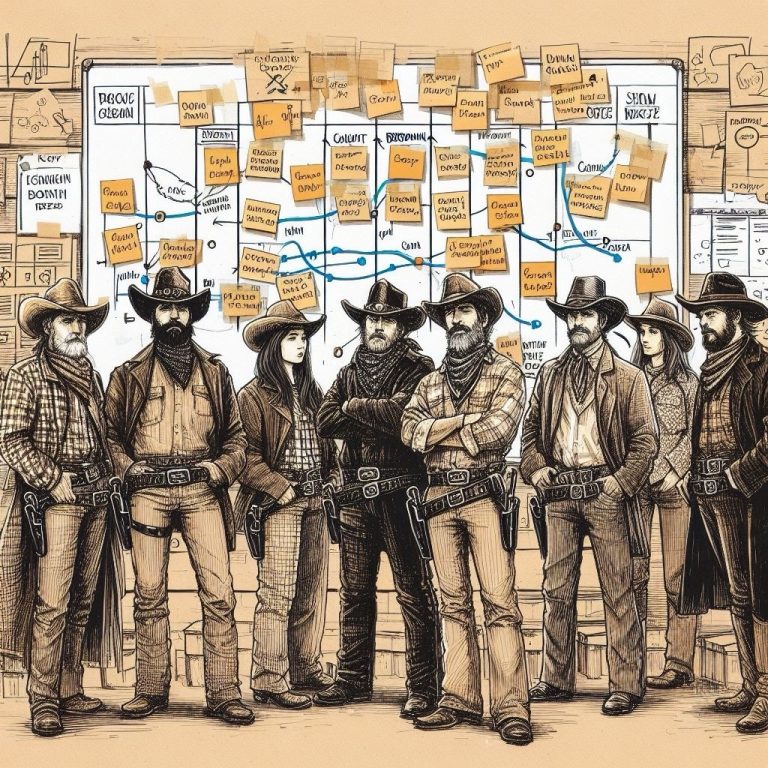Every Sunday, millions of people agonize over fantasy football decisions. Who to start, who to bench, and who to pick up off the waiver wire. If you’ve ever spent an embarrassing amount of time analyzing matchups, injury reports, and expert rankings, congratulations. You’ve been practicing backlog prioritization without even realizing it.
Fantasy football and Agile project management have more in common than you might think. Both require adaptability, risk assessment, and making the best possible decision with incomplete information. Let’s break it down.
1. Draft Strategy = Backlog Grooming
Your fantasy draft is your initial roadmap. You build your roster based on rankings, team needs, and projections, but you know things will change. Injuries happen, players underperform, and new opportunities arise.
Agile Take: Just like a product backlog, your draft is a starting point, not a fixed plan. You can’t cling to early assumptions when reality demands adjustments.
2. Waiver Wire Moves = Responding to Change Over Following a Plan
The season is unpredictable. A backup running back suddenly becomes a starter, or a rookie wide receiver emerges as a star. The best fantasy managers stay ahead by making smart waiver wire pickups.
Agile Take: Your backlog should evolve based on market conditions, user feedback, and emerging opportunities. Sticking to an outdated plan is like holding onto a player who isn’t producing. Wasted potential.
3. Injury Reports = Risk Management
A key player is questionable with a hamstring injury. Do you take the risk and start them, or pivot to a safer option? Fantasy football forces you to weigh risks and rewards constantly.
Agile Take: In product development, risks are everywhere. Technical debt, shifting business priorities, and resource constraints all require proactive decision-making. Smart teams, like smart fantasy managers, have contingency plans.
4. Start/Sit Decisions = Prioritization Frameworks
You only have so many roster spots. Do you start the high-upside rookie or the steady veteran? Fantasy football success hinges on making the right trade-offs based on matchups, performance trends, and gut instinct.
Agile Take: In product management, you’re constantly deciding which features to build now and which to push back. Prioritization frameworks like MoSCoW (Must-haves, Should-haves, Could-haves, Won’t-haves) help, but sometimes you need to trust experience and intuition.
5. Trade Negotiations = Stakeholder Management
Ever tried to trade with someone who overvalues their bench players? Managing stakeholders in Agile isn’t much different. You have to balance needs, build relationships, and sometimes walk away from a bad deal.
Agile Take: Negotiation is a core skill. Whether convincing leadership to invest in technical debt or aligning cross-functional teams, knowing how to create win-win scenarios is key.
Final Thoughts
Fantasy football is all about adjusting to change, prioritizing effectively, and making the best decisions with limited information. Sounds a lot like Agile, right? The best teams on the field and in the office aren’t the ones with the perfect plan. They’re the ones that adapt, iterate, and find ways to win no matter what comes their way.
Now, if you’ll excuse me, I have a waiver claim to submit.
What’s your biggest fantasy football regret? Let’s hear it in the comments!







